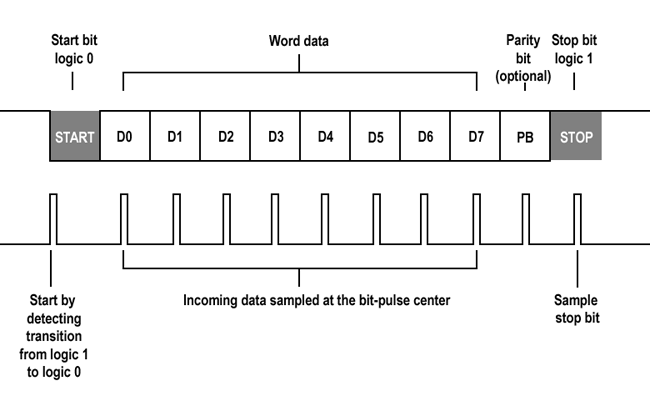Dev C++ Serial Port Communication
May 22, 2016 Serial Communication with an Arduino using C on Windows. If you’re acquainted with arduino, at some point you needed to establish serial communication between a pc and the arduino. There are a lot of tutorials available online for serving the purpose. Still I want to show you how to communicate with your arduino using C programming language. The Windows.Devices.SerialCommunication namespace defines Windows Runtime classes that a UWP app can use to communicate with a device that exposes a serial port or some abstraction of a serial port. The classes provide functionality to discover such serial device, read and write data, and control serial-specific properties for flow control, such as setting baud rate, signal states. Linux Serial Ports Using C/C. The Arduino serial port is present as /dev/ttyACMO0. To write to a serial port, you write to the file. To read from a serial port, you read from the file. Getty can cause issues with serial communication if it is trying to manage the same tty device that you are attempting to perform serial communications. How to do Serial port communication using Dev Cpp IDE 4.9.9.2? « on: January 03, 2008, 12:00:23 AM » Hello,I have started programming in DevCpp IDE.I want to do serial communication using DevCPP.Can any one suggest how to?I have some code which runs in TC but not in DevCPP.Please tell me how to do serial comm in DevCpp?Please give me a.
May 27, 2019 Serial Port Programming in C. Contribute to crayzeewulf/libserial development by creating an account on GitHub. We can use any one of them for serial communication but sometimes we require to create our own custom serial application for communication. In windows, it is easy to create the custom serial application using the win32 API. In this blog post, we will learn serial port. Serial Port Programming In Dev C - DOWNLOAD.
During a university project which used an Arduino and a C++ program, we had some issues establishing a quick and easy serial port communication system. This project was then created, after the semester, to create an easy to use lightweight serial communication library.
This library allows a simple-serial-port communication integration into any Windows C++ application that intends to communicate with any Ardunio. Reading from the Serial port uses common delimiters, such as JSONs, which are then concatonated at the beginning and at end of each string sent from the Ardunio. Examples are provided further below.
- Write to Serial port
- Read from Serial port
- Close connection when needed
You can also:
- Set the waiting time for the reply from the Arduino
- Use common delimiters
- Add custom delimiters via a local config file
Initialization the program
The program allows you to set the specific COM PORT and the BAUD RATE through the constructor. To properly use the BAUD RATE, due to Windows a API, a CBR_ notation must be added, as shown below. The constructor also sets connected_ to true if the connection has been established successfully.
Reading from Serial port
To read from the Serial port you must call the ReadSerialPort function. It takes two parameters, first an integer which represents the specific time the function should wait for a reply from the Ardunio in seconds, then the name of the syntax or delimiter type expected from the Arduino. It can either be the two default ones (JSON or greater_less_than), or the ones you create in the config file. Config file is described further below.
The received string is then returned without the delimiters. If no delimiters are found in the config file, or the reading has failed for certain reason, the function will return an appropriate warning message.
Writing to Serial port
Call this function and input your char* that you would like to write. Returns true if writing was successful.
It is also easy to send strings, however, you will have to declare a pointer to your string. Example code:

WriteSerialPort function does not append any delimiters by default. This is done due to the fact some JSON constructing libraries append their own delimiters. So if you choose to use a JSON library just put your parsed JSON into a string and add it as a parameter:
To check for delimiters on the Ardunio, I highly recommend using this tutorial, especially, Example 3 - A more complete system. Download auto tune for pc.
Closing Serial port
Simple. Call this function when you would like to close the Serial port. Returns true if successful.
Creating custom syntax
There is an option to create custom delimtier syntaxes in the local config file. The config file is generated locally when the program is run for the first time. To create your own custom syntaxes you can either add it manually into the program,
or insert it directly into the sytax_config.txt file as a new line, sperated with spaces:
Arduino side
It is rather simple to send back information with your own delimiters from the Arduino. You'll have to concatonate your message at the first index and at the last one with your delimiters:
C++ Serial Port Programming
Afterwards, as mentioned before, you just create a pointer to the first index of your complete message string and write that into the Serial port: